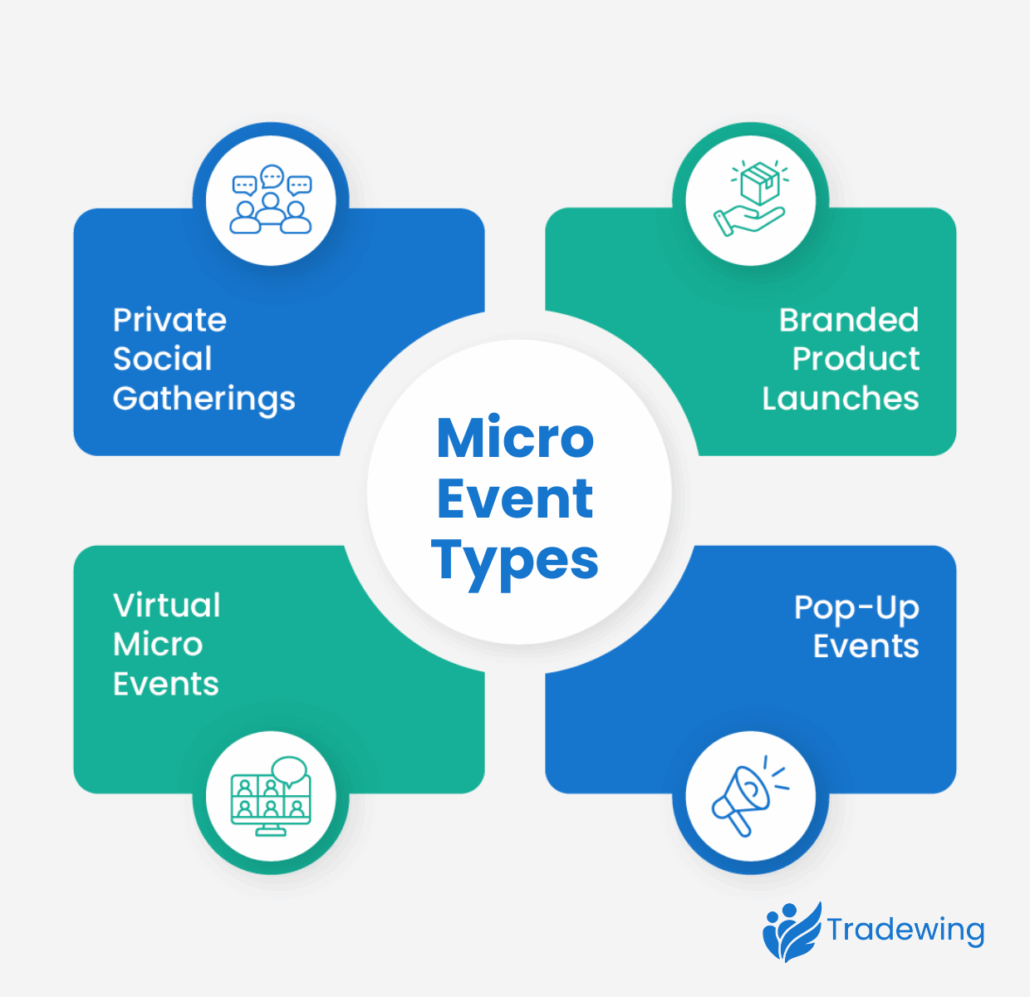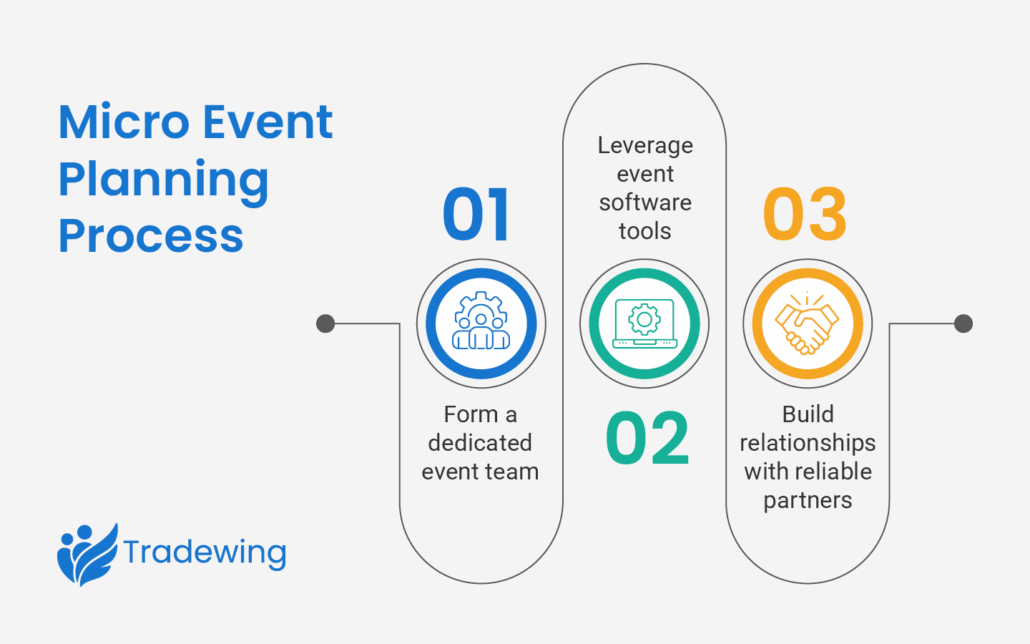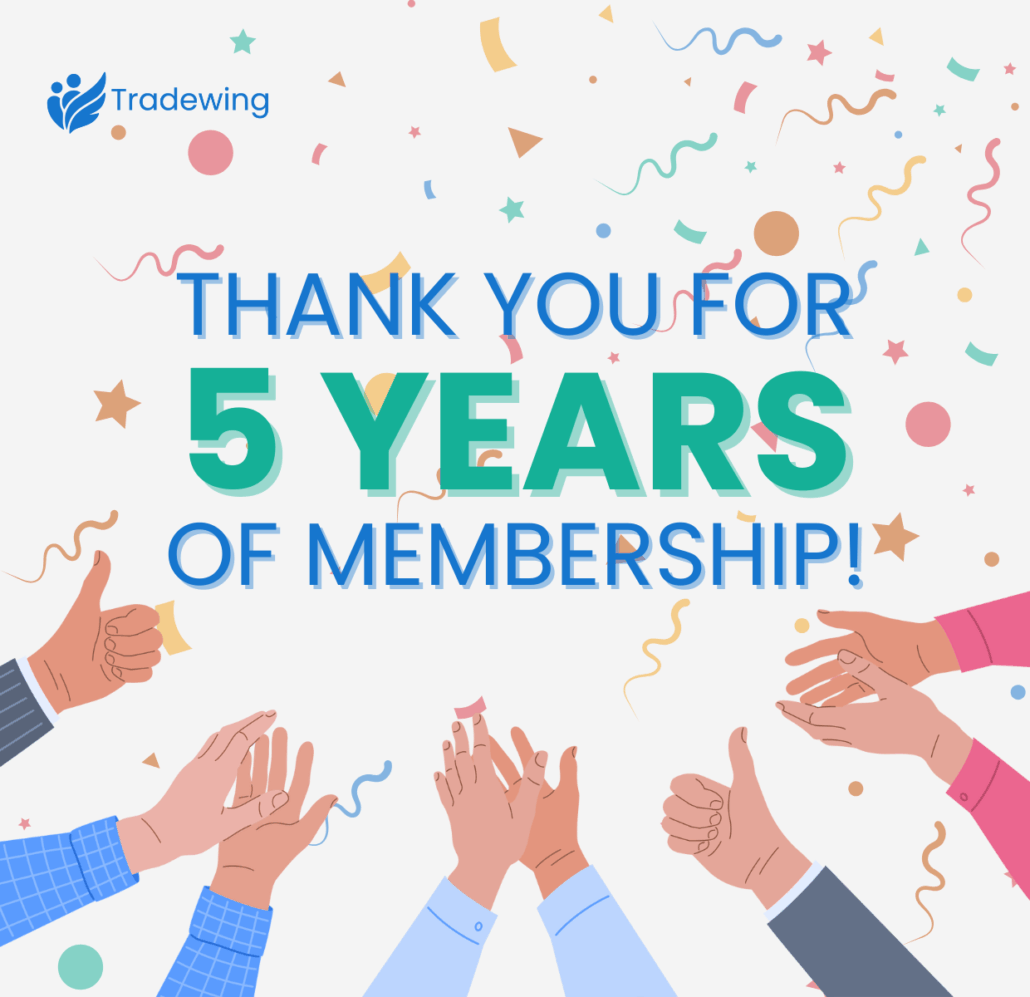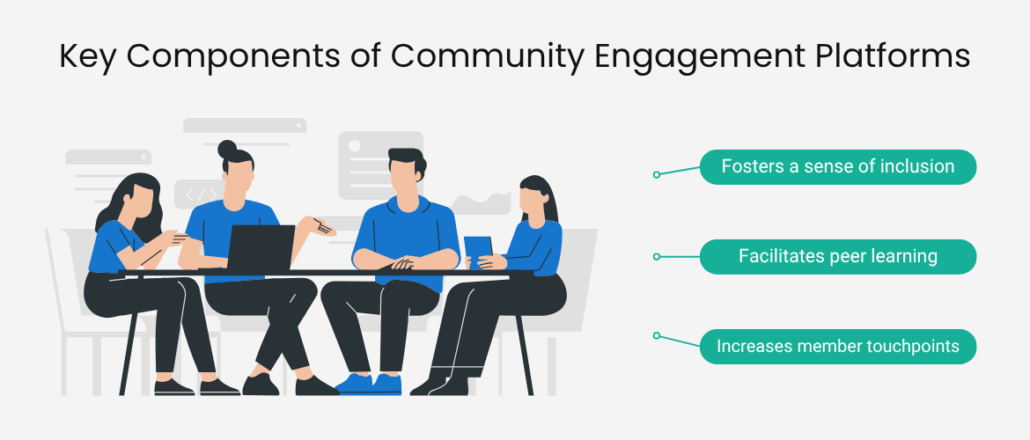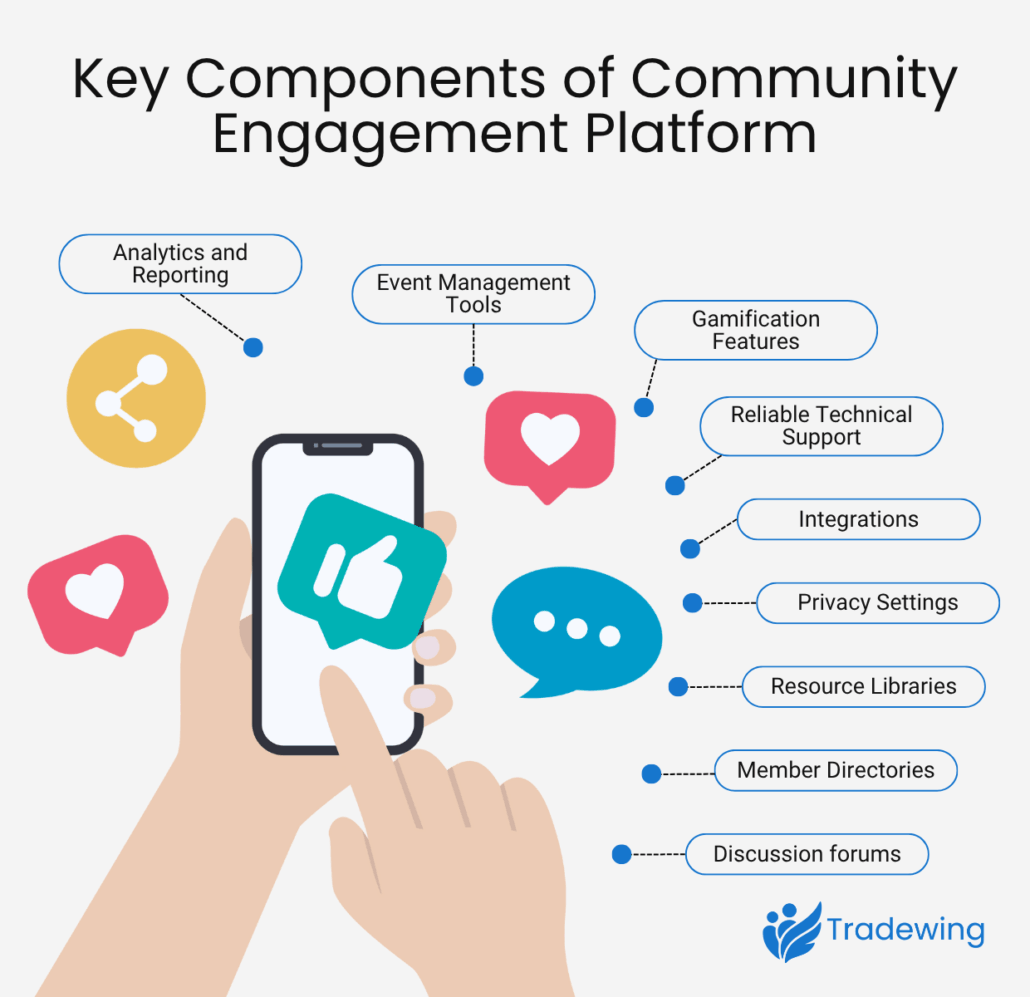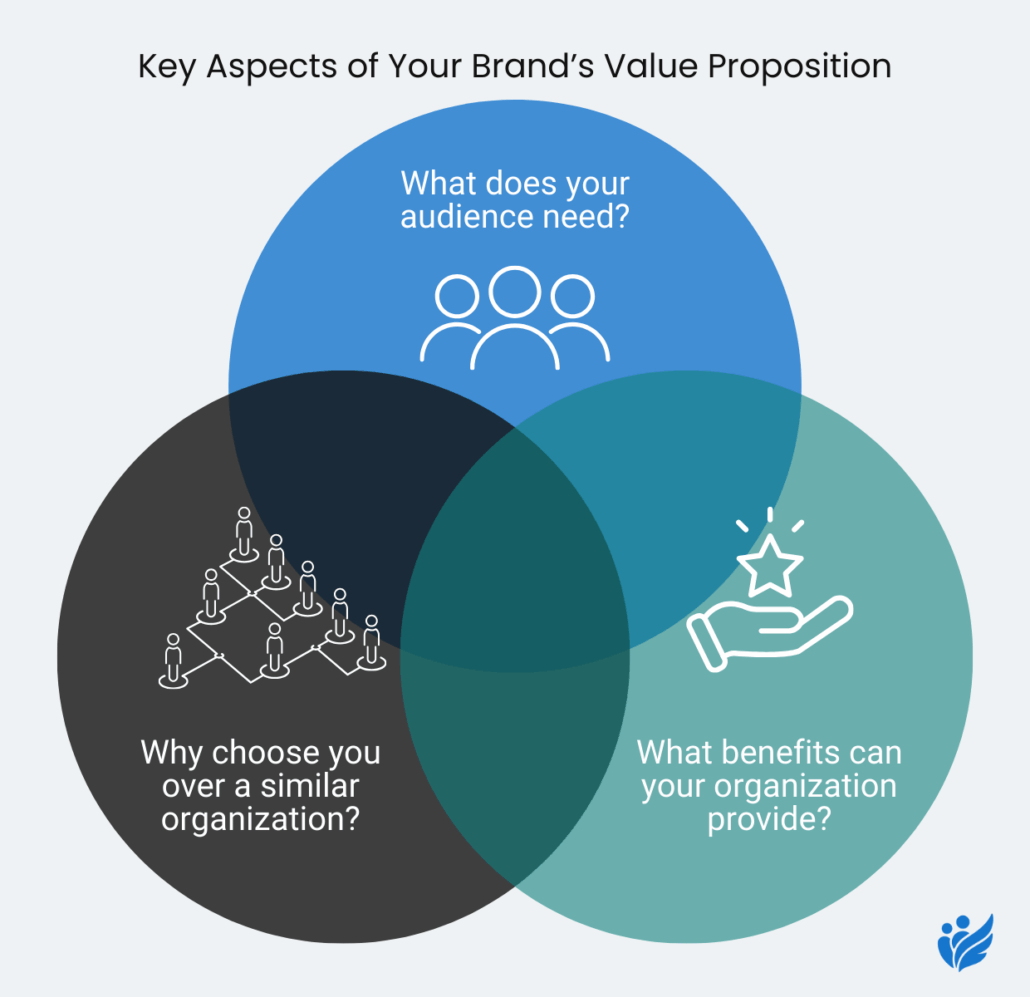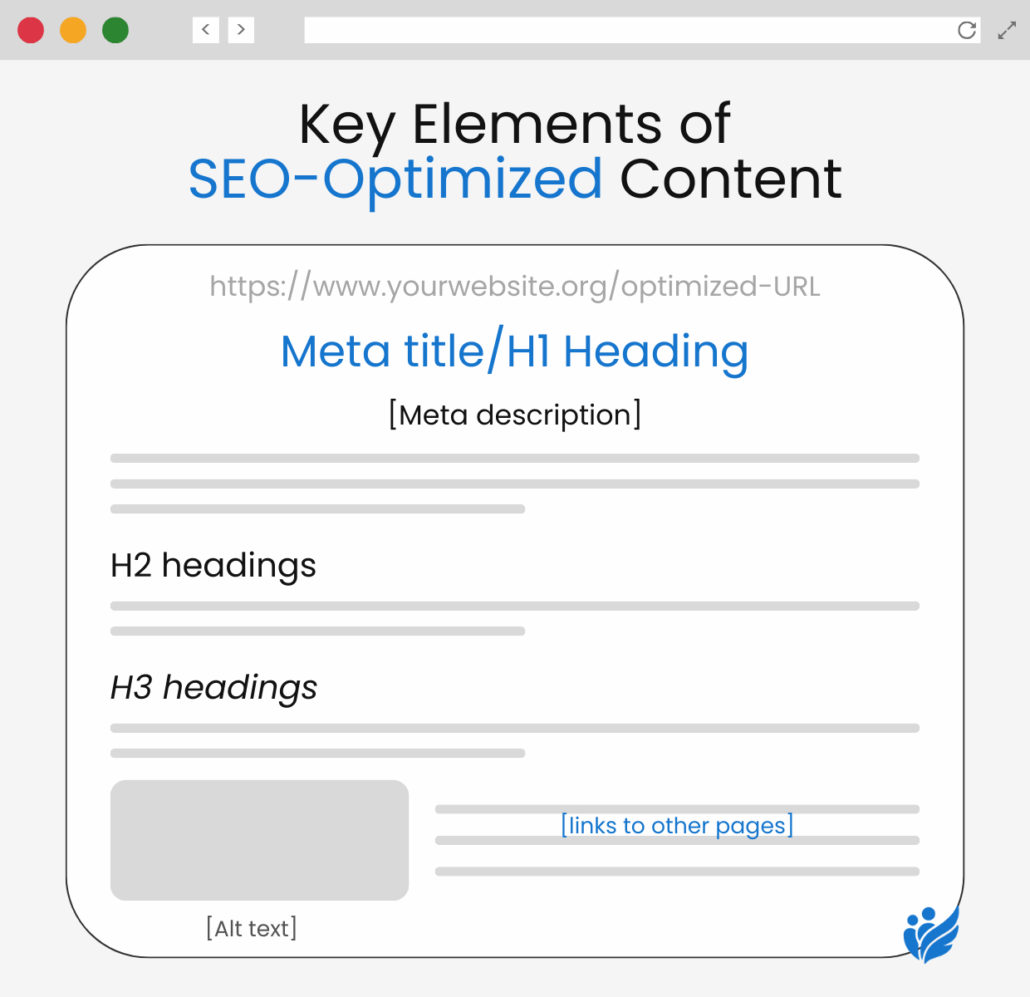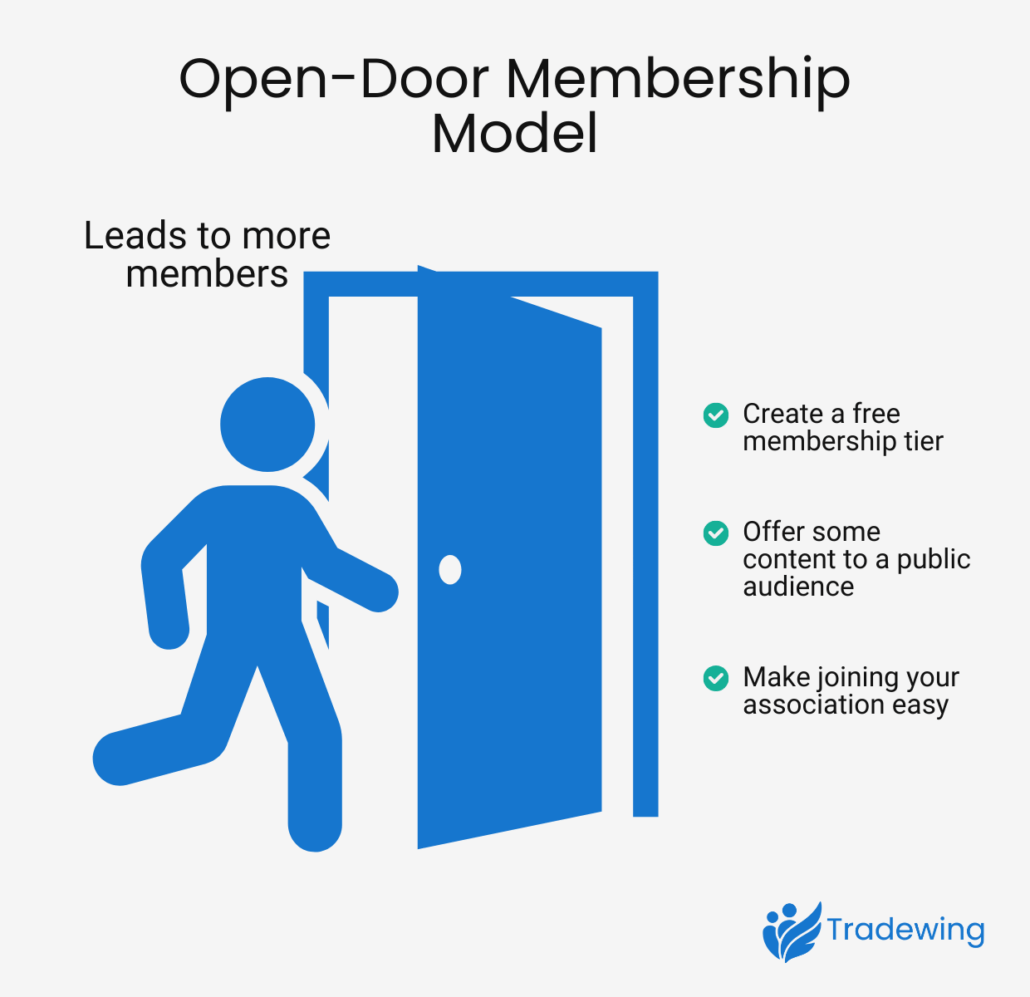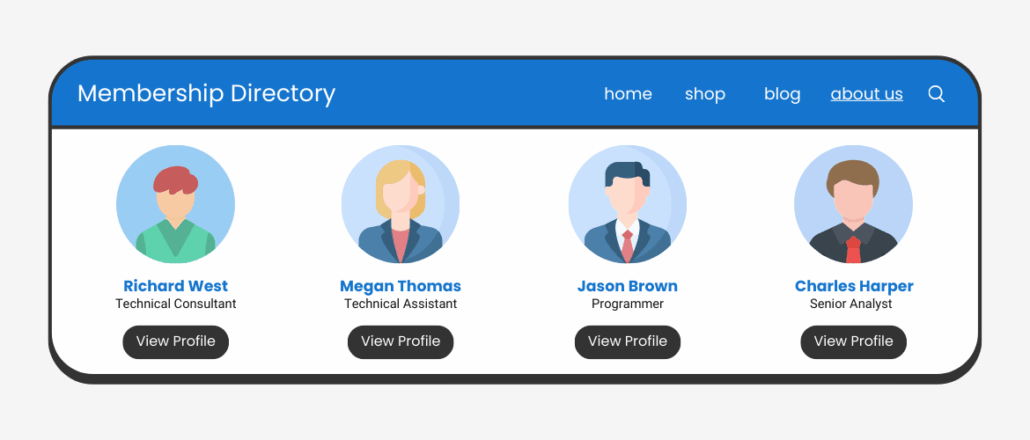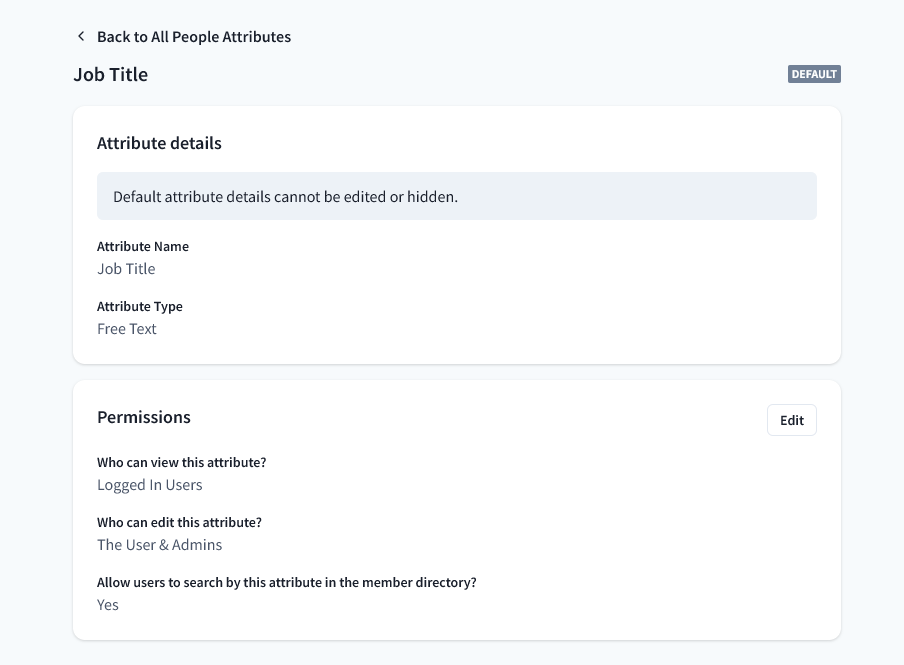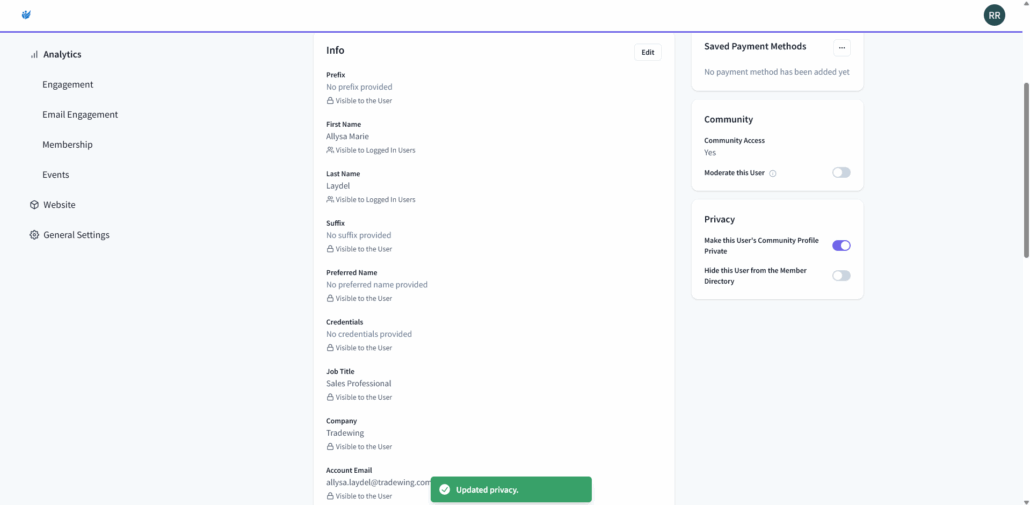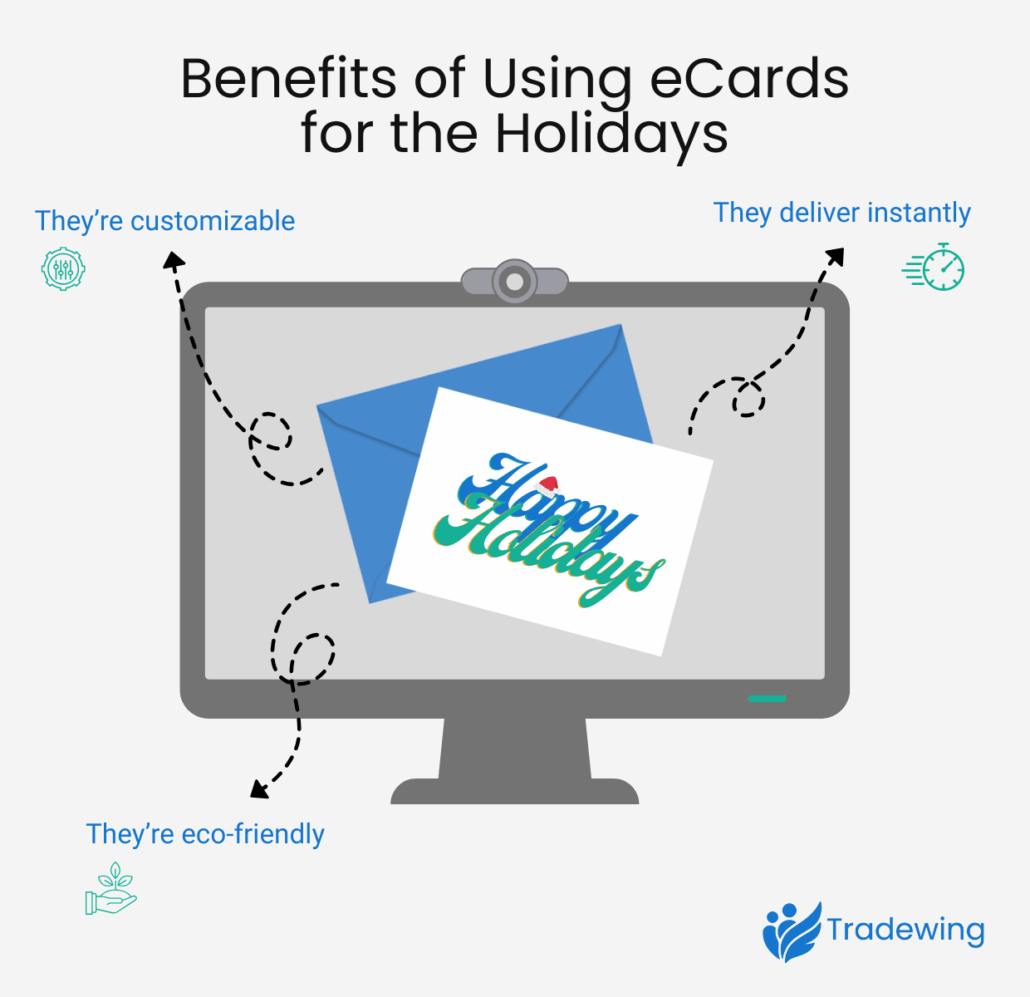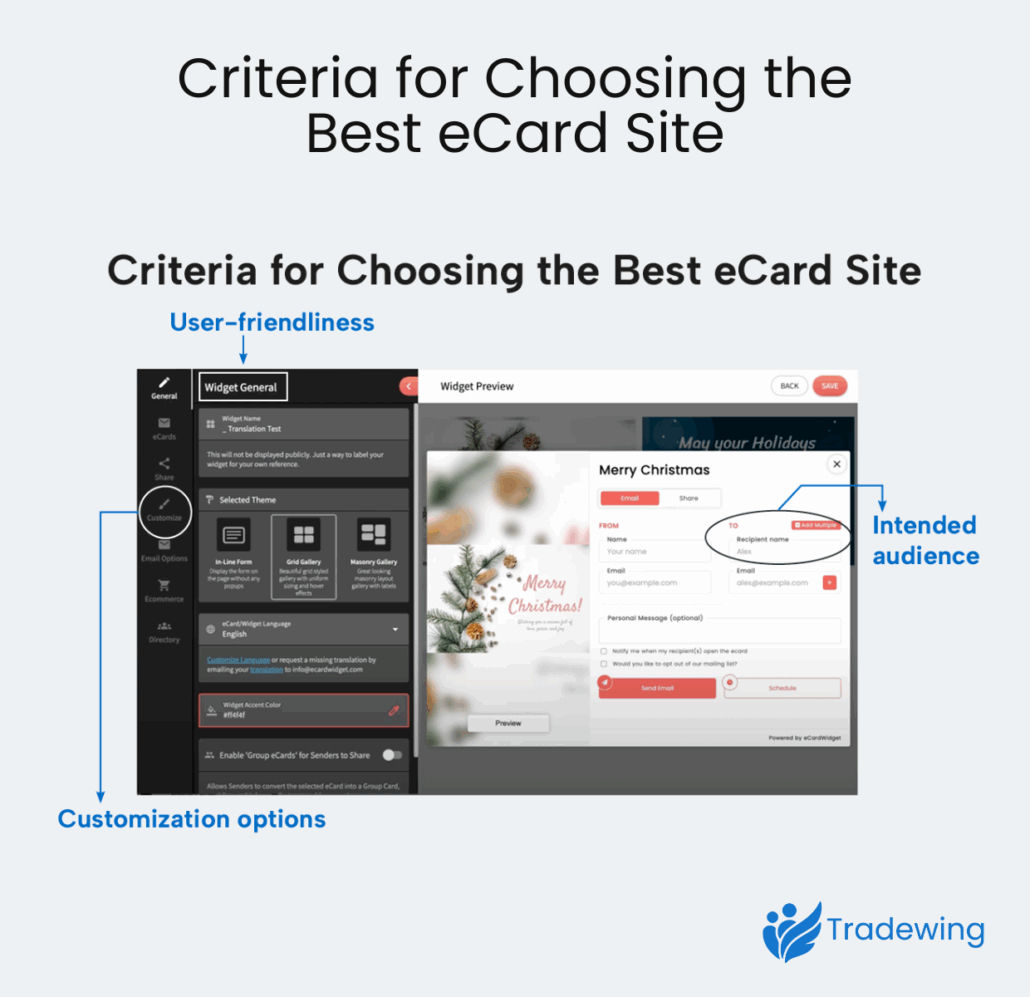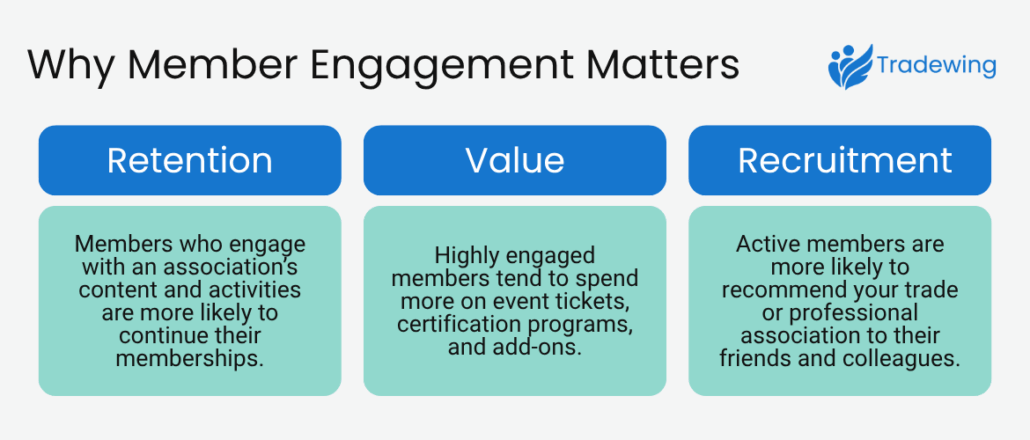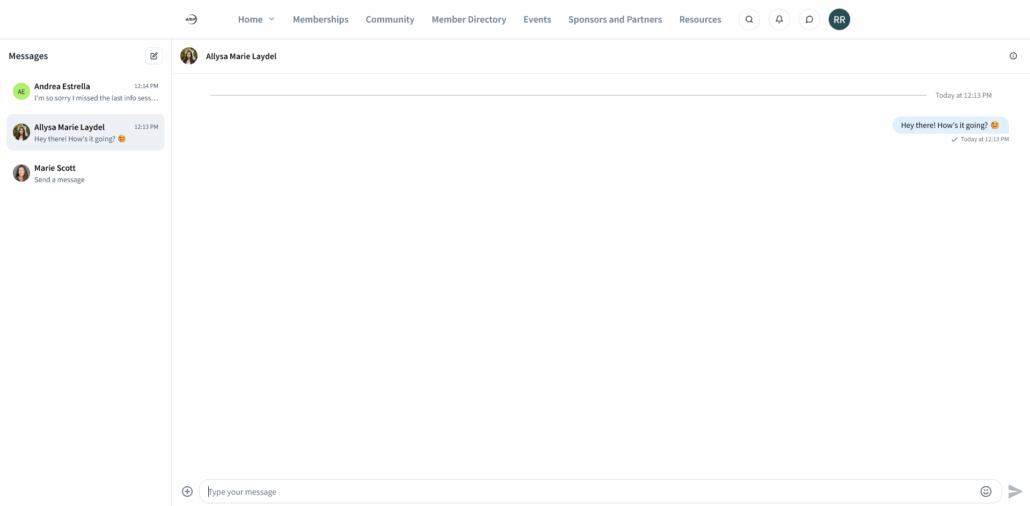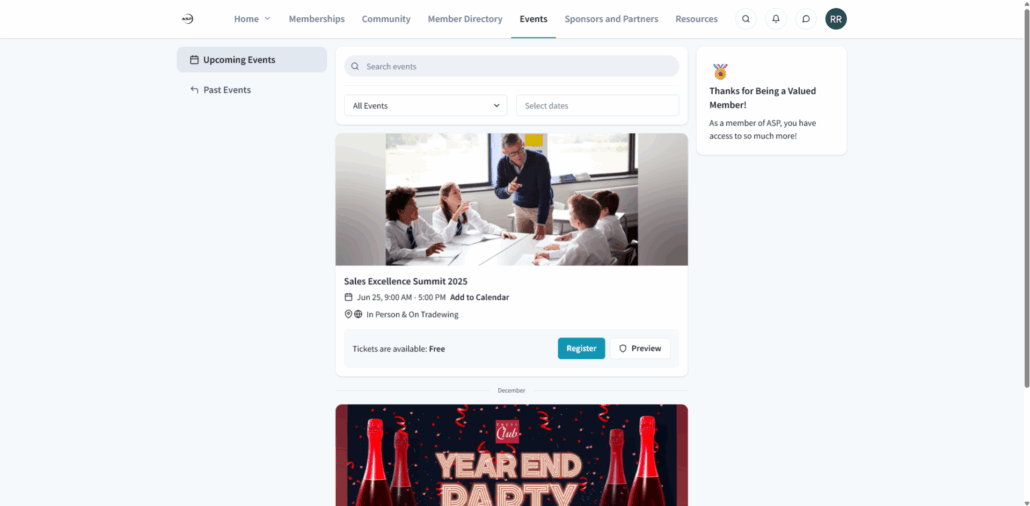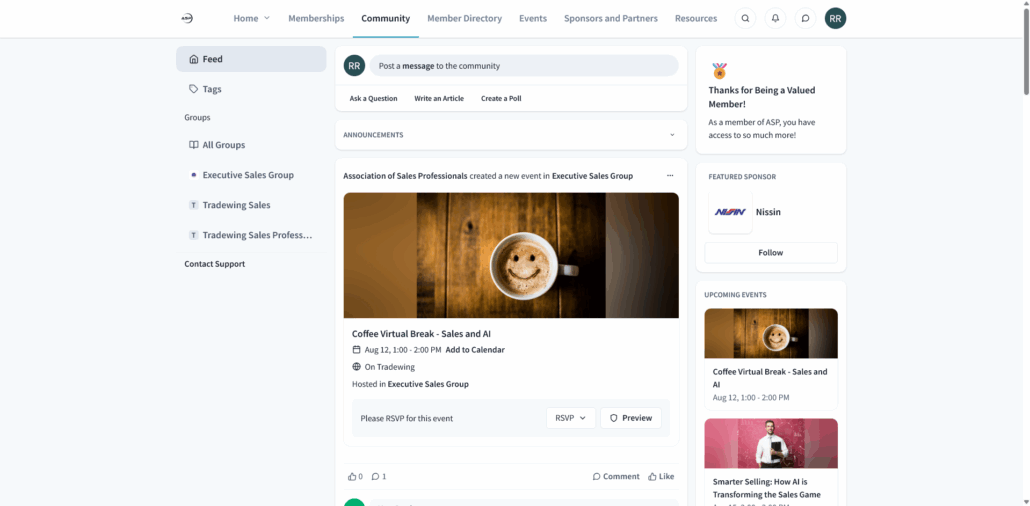Keeping members engaged year-round is no easy feat. Fortunately, community engagement platforms provide a powerful solution, helping associations build strong networks, centralize interactions, manage members, and encourage renewals.
Today’s top solutions foster community and boost participation among your members. With several options on the market, associations need to find a platform that supports their member retention efforts without blowing their budgets.
In this guide, we’ll introduce ten solutions that will help your association build a thriving, engaged community that renews year after year. First, we’ll explore five association-specific solutions before diving into community engagement platforms designed for a range of audiences. Our top five platforms are:
| Platform |
Key Features |
Best For |
| Tradewing |
Groups, member directory, sponsorship management, resource management, reports, and integrations with popular association management tools |
All-Around Community Engagement |
| Breezio |
Discussion spaces, document management, video conferencing, and integrations |
Member Collaboration |
| Personify Community |
Member forums, groups, gamification, and a mobile app |
Large Organizations |
| Hivebrite |
Membership management, member portals, event management, and discussion forums |
Alumni Networks |
| MemberNova |
Multi-level membership management, automated workflows, basic event management, and site management |
Membership Management |
With features like gamification, discussion forums, and event management tools, these platforms empower you to engage members, measure success, and boost retention rates. Before diving into our top recommendations, let’s walk through community engagement platform basics.

What Are Community Engagement Platforms?
Community engagement platforms are centralized spaces where members of a community or group can connect, share ideas, seek advice, and collaborate with others in their field. These platforms foster a sense of belonging through features such as discussion posts, webinars, educational resources, networking events, and surveys.
Commonly used by associations, nonprofits, and educational institutions, community engagement platforms empower organizations to manage member interactions and events while offering educational resources and networking opportunities.
Note that these platforms differ from association management software (AMS). While an AMS provides essential tools for managing daily operations—such as automated invoice generation and membership renewal reminders—a community engagement platform focuses on cultivating interactions and connections through a members-only online space.
However, these platforms’ features aren’t mutually exclusive. Some AMS solutions include community engagement tools, and community engagement platforms may
Why Does Your Association Need Community Engagement Software?
Community engagement platforms encourage meaningful member interactions and enhance the overall value of your organization’s memberships. Here are several reasons why your association should consider investing in this type of software:
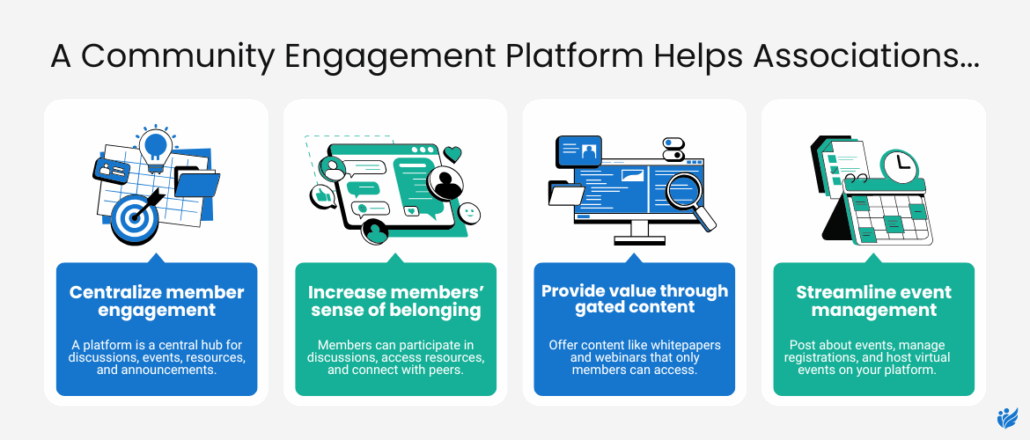
- Centralize member engagement. A community engagement platform provides a central hub for all member activities, including discussions, events, resources, and announcements.
- Increase members’ sense of belonging. A dedicated platform encourages members to actively participate in discussions, access educational resources, and connect with peers.
- Provide value through gated content. Associations can promote exclusive members-only content on their community engagement platform, boosting event attendance and resource access.
- Streamline event management. Many platforms come equipped with event management tools to manage registrations, promote upcoming opportunities, and host virtual events. This simplifies event logistics and boosts attendance.
Even with all these benefits, only 28% of associations invite new members to join an association-sponsored online community. Make your association indispensable by investing in community engagement software that meets evolving member expectations and empowers them to cultivate connections.
What To Look For In A Community Engagement Platform
Selecting the right member engagement platform ensures you have tools that provide value to members, measure engagement, and stay within your budget.
As you browse your options, look for these essential features:
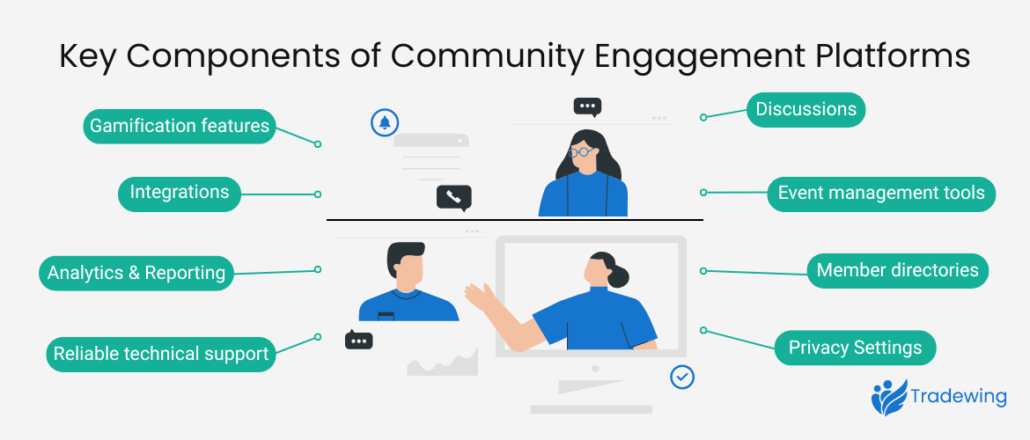
- Discussion space: Allow members to post questions, share their experiences, and spark conversations in a professional, members-only discussion space.
- Event management tools: Manage registrations, reminders, and attendance for events. Consider platforms with integrated video conferencing tools if you plan to host hybrid or virtual events.
- Member directories: Help members discover and connect with each other, making networking easy.
- Privacy settings: Offer members control over their profiles and posts, ensuring a safe space for interaction.
- Gamification features: Points, badges, and leaderboards encourage participation and recognize active members.
- Analytics & reporting: Track key engagement metrics, such as which members are the most engaged.
- Integrations: Ensure you can connect your community engagement platform with popular association tools like your AMS for streamlined operations.
- Reliable technical support: Make sure your provider offers technical support to maintain smooth operations.
While not every feature may be essential for your association, choosing a platform with tools tailored to your specific needs enhances your ability to drive meaningful outcomes and boost member renewals.
Best Community Engagement Platforms Tailored To Associations
Let’s explore some of the leading online community engagement platforms designed specifically for associations. These solutions are optimized to address associations’ unique operational and member engagement needs, ensuring meaningful member interactions.
Tradewing: Best All-Around Community Engagement Platform
From member discussions to resource management, Tradewing provides everything trade and professional associations need to build thriving communities. Our out-of-the-box platform allows you to get up and running quickly, so you can immediately begin engaging members.
By centralizing online member interactions within a single platform, Tradewing focuses member attention solely on your association. Affordable and simple, our platform offers robust tools for interaction without the high costs or complexity of larger solutions. Plus, powerful moderation tools ensure your community remains safe and respectful, preserving the integrity of your network.
Check out this comprehensive homepage that members will see when they log into your online community engagement platform:

Key Features For Community Engagement
- Groups: Create private and public groups (like one for your board of directors) where members can post, create polls, upload videos, and share resources. The social media-style feed makes it easy to comment and like others’ posts.
- Member directory: Members can create profiles and adjust privacy settings to control what information they share with others. The searchable directory helps members connect through chat functionality.
- Sponsorship management: Invite sponsors to build custom landing pages within the platform, which will be featured in a dedicated Sponsors tab. Members can explore sponsor pages and message these organizations directly. Additionally, you can feature sponsors in a side tab during virtual events.
- Event management: Manage in-person, virtual, and hybrid events with ease. Both administrators and members can post event details and control whether events are public or private. For example, the board may schedule a private meeting viewable only by group members. Tradewing also offers built-in video conferencing, eliminating the need for external platforms.
- Resources: Invite members to share resources through the Resources Tab. Administrators can upload resources directly without posting to groups, and members can preview files without downloading them. Group administrators can organize post attachments from group members into dedicated folders, keeping resources well-structured.
- Reports and analytics: Gain insights into engagement trends with detailed reporting. Track individual activities, such as the number of posts or comments a specific member makes, and monitor group performance metrics, including size, likes, and interactions. These reports help identify areas needing additional member engagement.
- Integrations with popular tools: Tradewing integrates with popular AMSs, so you can smoothly plug our platform into your current tech stack.
Tradewing In Action
The American Association of Physics Teachers (AAPT) caters to physics educators at high schools and colleges. The organization is 10,000 members strong. However, AAPT only hosts two annual conferences, making it difficult for those members to connect throughout the year. Many also face challenges attending in-person events due to travel costs and an inability to take time off.
This is where Tradewing makes a difference! Our mobile-friendly, always-accessible online community engagement platform ensures AAPT members can communicate year-round, no matter where they are. Whether a physics teacher needs help crafting a lesson plan or advice on a specific topic, they can easily reach out to peers for materials, ideas, and support, creating a collaborative community that extends far beyond annual events.
Check out this video about AAPT’s journey with Tradewing:
AAPT is just one of many associations we’ve helped build strong online communities. Explore our success stories to learn more about our impact!

Breezio | Best Community Engagement Software For Collaboration
Breezio offers a dynamic platform designed to foster collaboration through real-time interaction, document sharing, and engagement tools. It’s especially popular with organizations that value collaboration across teams and projects.
Breezio’s user-friendly interface encourages member participation, making it ideal for knowledge-sharing and problem-solving. Additionally, it supports diverse content types, including videos, documents, and discussion threads, making it versatile for different communication styles.
Cons: Breezio’s collaborative features are powerful, but they lack the integration and automation capabilities necessary for associations and professional groups.

(Image Source)
Key Features
- Customizable discussion spaces
- Easy uploading of documents, videos, articles, podcasts, and other content
- Live chat and in-portal video conferencing
- Integrations with popular AMSs and CRMs
Personify Community | Best Community Platform for Large Organizations
Personify Community is designed for large nonprofits and associations, offering features that enhance member engagement and community building. It excels at managing large-scale events and integrates with donor and membership management systems. Its analytics and reporting capabilities give organizations actionable insights into their community’s behavior.
Cons: Personify’s platform can feel overwhelming for smaller organizations seeking a streamlined community engagement solution.
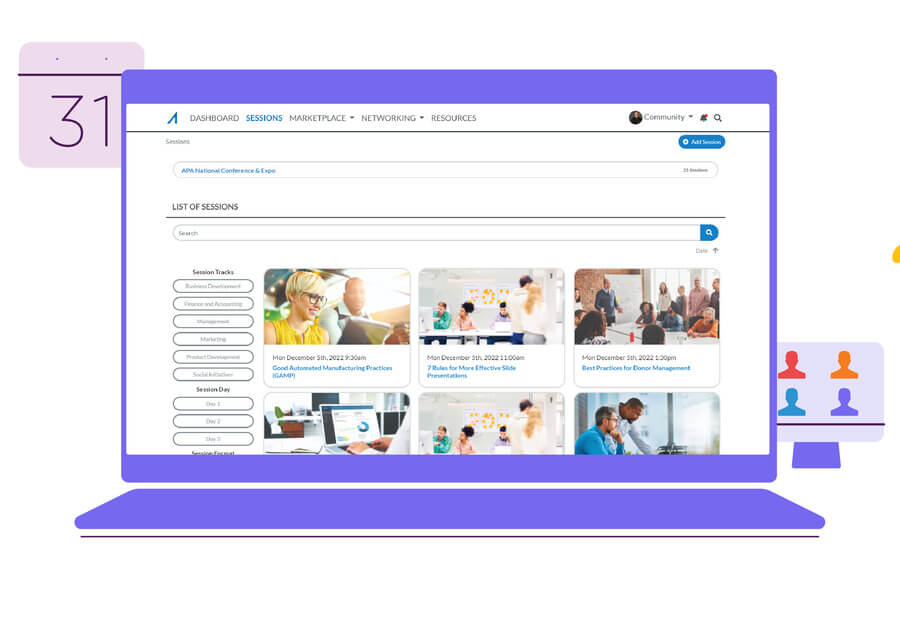
(Image Source)
Key Features
- Member-to-member collaboration via forums, groups, and blogs
- Gamification like badges, leaderboards, and contests
- A mobile app to reach members wherever they are
Hivebrite | Most Customizable Platform for Alumni Networks
Hivebrite provides extensive customization options tailored to membership organizations, professional societies, and trade associations. Alumni coordinators in particular praise the online community engagement platform for its engaging, branded spaces that enable networking, event management, and content sharing. Beyond that, other engagement features include support for mentorship programs, job boards, and interest-based subgroups.
The platform also offers donation management, making it a versatile platform for alumni engagement and fundraising. Hivebrite also supports networking, continuous learning, workshops, and conferences. Trade associations can also use the solution to notify members of updates, gather feedback, support advocacy efforts, and foster industry collaboration.
Cons: Hivebrite offers extensive customization, which can lead to long setup times and increased maintenance. Look at our list of Hivebrite alternatives for similar options that resolve these challenges.

(Image Source)
Key Features
- Membership management and renewals
- Branded member portals
- Event management tools
- Discussion forums and collaboration tools where members can share insights and provide feedback
MemberNova | Best for Membership Management With Basic Community Tools
MemberNova combines community engagement tools with strong membership management features, making it ideal for organizations looking for an all-in-one solution. It offers a centralized hub for streamlining administrative tasks and managing renewals, events, and membership data. Its ability to support chapters with independent portals and roll-up reporting makes it particularly attractive to larger, multi-layered organizations.
Cons: MemberNova focuses more on operational efficiencies and member administration than fostering engagement through dynamic community interactions. Some users also claim that the price tag is hefty.

(Image Source)
Key Features
- The ability to manage multi-level memberships, chapters, and various membership types
- Basic event management and engagement tools, including email campaigns and
- Automated workflows to streamline member onboarding, renewals, and engagement tracking
- Website management and integrations with other platforms to ensure seamless operations
Best Community Engagement Software With Association-Appropriate Features
While the following platforms don’t cater only to associations, they’re flexible enough to support your community engagement efforts.
Mighty Networks | Best Online Community Engagement Platform For Niche Subgroups
Mighty Networks provides tools for building niche communities. While designed primarily for businesses and individual creators, many associations and nonprofits use the platform. The solution offers robust subgroup creation, course delivery options, and paid memberships.
Its intuitive design makes it easy to set up and manage, with a focus on helping creators build meaningful connections within their niches. You’ll also make a positive first impression on new members with a welcome checklist, icebreakers, polls, and introduction posts.
Cons: Mighty Networks targets creators and small businesses. Therefore, larger associations and professional communities may find its features limited. Check out these Mighty Networks alternatives with comparable features that might be better suited to your needs.

(Image Source)
Key Features
- Course and content hosting
- A branded community space with custom graphics and colors
- Monetization tools for memberships and courses
- Integrations with popular solutions like ConvertKit and Zoom
Discourse | Best Community Engagement Software For Simple Discussion Forums
Discourse is an open-source platform centered around discussion forums, offering straightforward features for managing conversations and threads. It’s designed for communities that thrive on dialogue with tools to support ongoing conversations, gamification, and community moderation. Plus, it was built for high-resolution touch devices, so members can participate across any device.
Cons: The platform’s open-source nature allows for extensive customization, but it requires technical expertise to fully leverage its potential. While excellent for facilitating discussions, Discourse lacks community-building features such as event management and member directories, making it less comprehensive than other platforms like Tradewing.

(Image Source)
Key Features
- Threaded discussion boards that enable real-time interactions, polls, post revisions, and more
- Moderation and privacy tools for community management
- Gamification features like custom badges to encourage community engagement
- Open-source customization
Facebook Groups | Best Platform For Informal Social Communities
Facebook Groups provides a free and accessible platform for informal community building with features designed to encourage member interaction. Its ease of use and built-in audience from Facebook’s user base make it a popular option for small organizations.
Cons: Because the platform offers limited customization and data ownership, it may not meet the needs of associations seeking to establish branded, long-term communities. Additionally, Facebook’s algorithms and privacy policies limit control over how groups engage with their audience.

(Image Source)
Key Features
- Accessible mobile app and push notifications to keep members engaged
- Basic group management tools to invite members, ensure privacy, and moderate posts
- Simple event creation to invite members, manage RSVPs, and send reminders
- Member polls and announcements
Slack | Best Community Platform For Committee Collaboration
Slack is a popular real-time messaging tool designed to streamline collaboration, particularly for committees and internal teams. It integrates seamlessly with other productivity apps, enabling users to manage projects and communications in one place. Slack’s threaded conversations and private channels help teams stay organized, but the platform is better for short-term projects.
Cons: Ultimately, Slack is better suited for internal teams than member communities due to its lack of features to foster ongoing community engagement, like member directories or event hubs.

(Image Source)
Key Features
- Real-time messaging, file sharing, and polls
- Private channels for focused discussions
- Integration with other productivity apps
- Mobile and desktop compatibility
Circle | Best Software For Course-Based Communities
Circle is a robust platform designed for online communities, courses, and paid memberships. It allows users to create interactive spaces that facilitate discussions, events, and content sharing. The platform also supports course creation and gated content, providing modular options for video, audio, and text materials, which makes it a viable choice for those running educational programs.
Cons: Circle focuses primarily on community-building around educational content and memberships. This can impose limitations on associations with complex event management needs or highly structured member interactions that require sophisticated workflows.

(Image Source)
Key Features
- Course and membership site hosting
- Built-in payment processing
- Community spaces for member interaction
- Native analytics tools
More Community Engagement Tools
Member renewals don’t happen by accident—they’re a direct result of consistent, meaningful engagement. Community engagement platforms offer the tools needed to create ongoing connections with your members, keeping them involved and invested.
The platforms we’ve covered enhance engagement and give your organization the edge it needs to maintain high retention rates. Pick the right solution based on your needs and budget, and you’ll build a thriving community in no time.
To support your association’s community-building efforts, explore these free resources:

